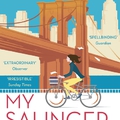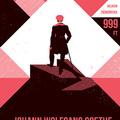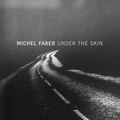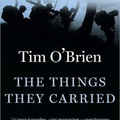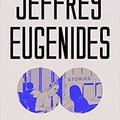Anna Enquist: Counterpoint
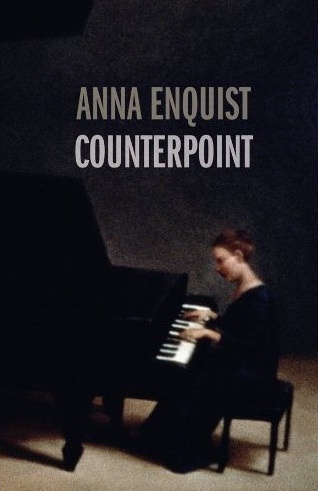 Anna Enquist’s novel is based on music – or, more precisely, on Bach’s Goldberg Variations. The narrator of the book is an unnamed pianist, a mother who lost her adult daughter in a tragic accident. After her daughter’s death, she decides to learn (or rather: re-learn) to play the Goldberg Variations, which she used to find very difficult to master when she was younger, and which she and her daughter equally loved and admired. Re-learning the variations is not at all easy, and while she dedicates herself to Bach’s pieces, the narrator struggles both with the physical difficulties of playing the music, and with her memories of her daughter’s life – which the music brings back to her vividly. But music doesn’t only make her remember – it also helps her to sort through and bring some order to her jumbled and painful memories.
Anna Enquist’s novel is based on music – or, more precisely, on Bach’s Goldberg Variations. The narrator of the book is an unnamed pianist, a mother who lost her adult daughter in a tragic accident. After her daughter’s death, she decides to learn (or rather: re-learn) to play the Goldberg Variations, which she used to find very difficult to master when she was younger, and which she and her daughter equally loved and admired. Re-learning the variations is not at all easy, and while she dedicates herself to Bach’s pieces, the narrator struggles both with the physical difficulties of playing the music, and with her memories of her daughter’s life – which the music brings back to her vividly. But music doesn’t only make her remember – it also helps her to sort through and bring some order to her jumbled and painful memories.
Each chapter of the novel is based on a particular Goldberg variation, and in each chapter we learn something about the piece itself (what technical difficulties need to be overcome while playing it; what kind of melodies and intervals in contains and what these mean; etc.), and while the narrator slowly learns how best to render and interpret the music, we also learn what moment of her daughter’s life the actual variation reminds her of. Her memories relate to all kinds of events, big and small, and they are only fragments in themselves (about family holidays; about the day her daughter moved to her own flat from her childhood home; or about the day when a doctor told her daughter that her vocal chords are not strong enough for her to become a professional singer). Moreover, they don’t necessarily come in chronological order. Still, reading through these fragments, we slowly get a vivid picture of the narrator’s daughter, and we learn a lot about an enthusiastic, warm-hearted, often insecure girl – a girl who was the most amazing person in the world for the narrator.
Like I said, the novel is based on the Goldberg Variations, and music here is not only a backdrop or an atmospheric element – it’s vitally important. While learning them, the narrator meticulously deconstructs and interprets the pieces, and she uses such terminology while doing this that it was sometimes difficult for me to understand what exactly she’s saying about a particular piece, because – apart from loving to listen to it – I have no knowledge about music. Therefore I sat down in front of YouTube, searched for the variations, and I read the first several chapters in a way that I simultaneously listened to the corresponding piece as well (sometimes in more than one interpretation). Reading Counterpoint this way was a unique experience – listening to the music the narrator is playing, to the music which makes her remember. Because even if a certain variation sounds different in, say, Glenn Gould’s interpretation than in the interpretation I imagine based on the narrator’s words, listening to the music she plays still makes me understand what she’s saying when she talks about technicalities, and I can easily fathom why and how any given Bach piece reminds her of a certain moment of her daughter’s life.
So I’d recommend that you read the book while listening to the music, because reading it like that almost feels as if you really entered into the narrator’s mind and learned her innermost thoughts and emotions. The novel might also be read and understood without the musical accompaniment (I read the second half this way and had no serious problems understanding it), but I’d still say – read it with the music if possible, because it will bring you closer to the book; it won’t necessarily make you understand it better, but it will definitely make you feel it better.

